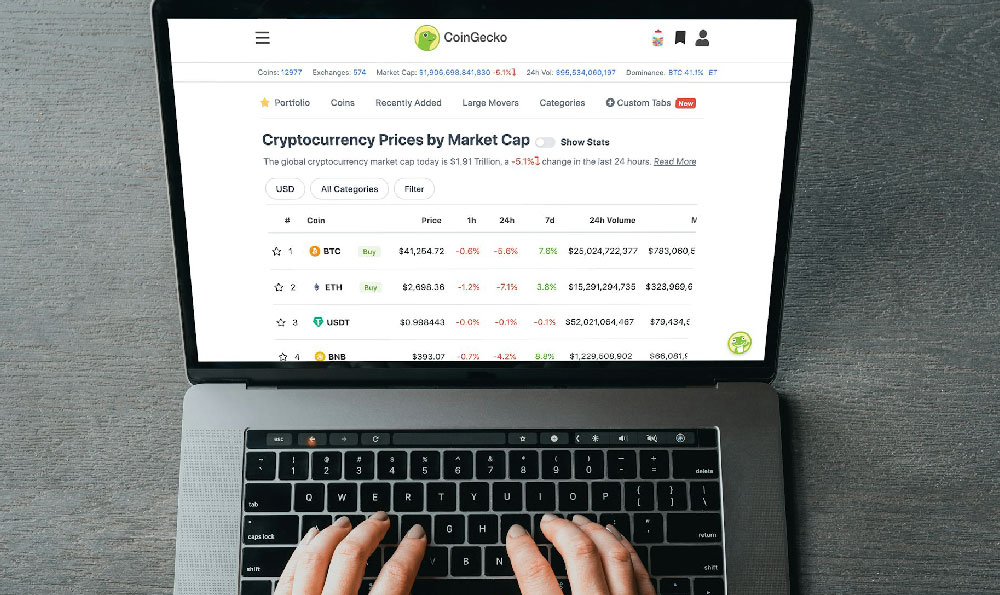Investing can seem daunting at first, especially with the sheer volume of information available. However, it's a skill anyone can learn with dedication and a systematic approach. The key is to start with a solid foundation of knowledge and gradually build your experience. Let's break down how you can embark on your investment journey.
The very first step is understanding the fundamental concepts of finance. Familiarize yourself with terms like assets, liabilities, equity, risk, return, diversification, inflation, and interest rates. Many free online resources, such as Investopedia and Khan Academy, offer excellent explanations of these concepts. Books like "The Intelligent Investor" by Benjamin Graham or "The Total Money Makeover" by Dave Ramsey, while different in their approaches, provide valuable insights into investment principles and personal finance management. Consider taking introductory finance courses online or at a local community college. These courses can provide a structured learning environment and help you grasp complex topics more easily. Don't underestimate the power of financial news outlets like the Wall Street Journal, Financial Times, or Bloomberg. Reading these publications regularly will keep you informed about market trends and economic events that can impact your investments. The goal at this stage is to build a base understanding that allows you to comprehend the language and mechanics of investing.
Next, it's crucial to define your financial goals and risk tolerance. What are you saving for? Retirement? A down payment on a house? Your children's education? The timeframe for achieving these goals will significantly influence your investment strategy. For example, if you're saving for retirement in 30 years, you can afford to take on more risk than if you're saving for a down payment in five years. Determining your risk tolerance involves assessing how comfortable you are with the possibility of losing money in exchange for potentially higher returns. Are you comfortable with significant fluctuations in your portfolio, or do you prefer a more conservative approach that prioritizes capital preservation? There are online risk tolerance questionnaires that can provide a starting point for this self-assessment. Understanding your goals and risk tolerance will help you narrow down the types of investments that are suitable for you.

With your foundational knowledge and financial profile in place, it's time to explore different investment options. Stocks represent ownership in a company and offer the potential for significant growth, but they also come with higher volatility. Bonds are debt instruments issued by governments or corporations and are generally considered less risky than stocks, but their returns are typically lower. Mutual funds pool money from multiple investors to invest in a diversified portfolio of stocks, bonds, or other assets. Exchange-Traded Funds (ETFs) are similar to mutual funds but trade on stock exchanges like individual stocks. Real estate can be a valuable investment, but it requires significant capital and involves management responsibilities. Cryptocurrency is a relatively new asset class that offers the potential for high returns but is also extremely volatile and speculative. Research each asset class thoroughly, understanding its risks, potential returns, and suitability for your goals and risk tolerance.
Once you've explored different investment options, it's time to open an investment account. Brokerage accounts allow you to buy and sell stocks, bonds, ETFs, and mutual funds. Robo-advisors provide automated investment management services based on your goals and risk tolerance. Retirement accounts, such as 401(k)s and IRAs, offer tax advantages for retirement savings. Compare the fees, features, and investment options offered by different brokers and choose the one that best suits your needs. Many brokers offer educational resources and tools to help you manage your account.
After opening an account, start small. Don't feel pressured to invest large sums of money right away. Begin with a small amount that you're comfortable potentially losing. This will allow you to gain experience and learn how the market works without risking a significant portion of your savings. Consider starting with index funds or ETFs that track broad market indexes, such as the S&P 500. These provide instant diversification and are a relatively low-cost way to gain exposure to the overall market.
Regularly monitor your investments and adjust your portfolio as needed. Market conditions change, and your goals and risk tolerance may evolve over time. Periodically review your asset allocation to ensure it still aligns with your financial plan. Consider rebalancing your portfolio to maintain your desired asset allocation. This involves selling some of your winning investments and buying more of your losing investments. It's a good practice to do this at least once a year.
Learning to invest is an ongoing process. Stay informed about market trends, economic news, and changes in investment regulations. Continue to expand your knowledge by reading books, articles, and blogs on investing. Attend webinars and seminars to learn from experienced investors. Don't be afraid to seek professional advice from a financial advisor, especially if you have complex financial needs. A financial advisor can help you develop a comprehensive financial plan and provide personalized investment recommendations.
Finally, avoid common investment pitfalls. Don't try to time the market. It's nearly impossible to consistently predict short-term market movements. Instead, focus on long-term investing and stick to your plan. Don't let emotions drive your investment decisions. Fear and greed can lead to impulsive and costly mistakes. Be wary of get-rich-quick schemes. If something sounds too good to be true, it probably is. Diversify your investments to reduce risk. Don't put all your eggs in one basket. And remember, investing is a marathon, not a sprint. Stay patient, stay disciplined, and stay focused on your long-term goals.












